In 2006, David Gilmour shared some of his favorite Pink Floyd songs, including six spanning the band’s 1971 album Meddle through The Division Bell in 1994.
“‘Shine On You Crazy Diamond’ and ‘Wish You Were Here’ are standout tracks,” said Gilmour. “‘Comfortably Numb’ is another one. ‘High Hopes’ from ‘The Division Bell’ is one of my favorite all-time Pink Floyd tracks. ‘The Great Gig in the Sky,’ ‘Echoes’— there’s a lot of them.”
That same year, Gilmour also walked through some of his favorite, non-Pink Floyd songs, including a late 1930s piece by Lead Belly, an early Elvis Presley classic, and other choice cuts by the Kinks, Nina Simone, and more.
Here is a chronological look at 10 songs that are among Gilmour’s favorites.
Videos by American Songwriter
[RELATED: 6 of David Gilmour’s Favorite Pink Floyd Songs]
“Rock Island Line,” Lead Belly (1937)
Originally a folk song about the Chicago, Rock Island, and Pacific Railroad that first appeared in 1929, the first recording was in 1934 by inmates at the Cummins Stage Farm prison in Arkansas. The next was in 1937 by folk and blues singer and songwriter Lead Belly and was one of the first songs Gilmour learned how to play.
“Lead Belly, I loved him when I was very young, loved his 12-string guitar playing,” said Gilmour. “I always enjoyed the 12-string. His story, he was in prison, he got released from prison on a murder charge because he was such a great singer.”
Gilmour continued, “But for me, ‘Rock Island Line’ was one of the first things I’ve learned. One of the things that you can do is learn one chord, get your fingers on that guitar in one position, and not move from there, you can do the whole song and sing this old song to yourself. So it’s a great thing, part of my childhood.”
“Heartbreak Hotel,” Elvis Presley (1956)
Written by Mae Boren Axton and Tommy Durden, Elvis Presley’s “‘Heartbreak Hotel” topped the pop chart for seven weeks when it was released in 1956. (Presley was also given writing credit in exchange for singing the song.)
“As I said about ‘Waterloo Sunset’ (see below) is a perfect recording,” said Gilmour. “It’s just so spare, so little going on but every nuance, everything on it it’s absolutely affection. I got it when I was 10 years old in 1956. Also, it was the second record I ever got.”
Gilmour added that his first record was Bill Haley & His Comets’ “Rock Around The Clock,” which his babysitter sat on and broke, but he doesn’t know what happened to his copy of “Heartbreak Hotel.”
“It’s just that place and the piano, just magic,” Gilmour added of the song. “Elvis was great for a few years, but for me, it lost all the sparkle. If you ever see any of the old black and white bits of film from him performing at that time, they are absolutely electrifying, which I don’t find in the Las Vegas ones.”
“Dancing in the Street,” Martha and the Vandellas (1964)
Written by Marvin Gaye, William “Mickey” Stevenson, and Ivy Jo Hunter, “Dancing in the Street” became a hit in 1964 when recorded and released by Martha and the Vandellas, who took the song to No. 2 on the Billboard Hot 100 chart for two weeks. At the time, the song also became a civil rights anthem.
In 2006, “Dancing in the Street” was also one of 50 recordings added to the Library of Congress National Recording Registry. “It’s a song that just makes you want to get up and dance,” said the group’s singer Martha Reeves. Gilmour felt the same.
“You’ve got to put some from that era of Motown and Stax,” said Gilmour. “All these great American labels that were in the middle ’60s. I love that period of Black American music. It’s just fantastic. Even I’m moved to move my feet to something like this.”
“You’ve Got To Hide Your Love Away,” The Beatles (1965)
By the mid-’60s, Bob Dylan had some influence on the Beatles, including some Dylan-esque hints on their Help! track “You’ve Got to Hide Your Love Away.” John Lennon even described the song as something out of the Dylan phase he was going through at the time.
“‘You’ve Got To Hide Your Love Away’ is my Dylan period,” admitted Lennon. Even Gilmour couldn’t resist the mania around the Beatles in the ’60s.
“I was an absolute mad Beatles fan, and ‘You’ve Got To Hide Your Love Away’ is John Lennon’s first moment of being influenced by Bob Dylan, I think,” said Gilmour of the Beatles’ Help! track. “It’s just one example, and you could choose hundreds of things by The Beatles, couldn’t you.”
“I Put a Spell on You,” Nina Simone (1965)
Originally written by “Screamin’ Jay” Hawkins and Herb Slotkin, “I Put a Spell on You” was first recorded by Hawkins and has been covered more than 250 times since it was released by everyone from the Animals, Creedence Clearwater Revival, Bryan Ferry, Joe Cocker, Annie Lennox, and more.
The most famous rendition was Nina Simone‘s 1965 version and the title track of her album. Simone’s “I Put a Spell on You” is still spellbinding and went to No. 23 on the U.S. Billboard R&B chart.
“Well, Nina Simone is one of the true great originals,” said Gilmour. “That recording of Screamin’ Jay Hawkins is just magic, the brilliant sax solo. I heard it when I was living in Paris in 1966 or 1967, and it’s just magic. She was a wild woman, that one.”
“God Only Knows,” The Beach Boys (1966)
By the time the ’60s British invasion hit, led by The Beatles, The Rolling Stones, The Yardbirds, and the Animals, Brian Wilson moved from the California dreaming surfer pop to something with more depth and wrote the Beach Boys’ opus Pet Sounds.
Written by Wilson and Tony Asher, “God Only Knows” delivered a more intimate revelation of love beyond the lighter fare of their “Don’t Worry Baby” summer pop and is another Gilmour favorite.
“I love the Beach Boys,” said Gilmour. “My early band in Cambridge when I was a teenager, we did a lot of Beach Boys songs. But I didn’t wanna play one of the too-surfy ones, I just love the place that Brian Wilson got to, of all that surf music. Some of these moments are just sublime.”
Gilmour added, “‘God Only Knows’ is one of the best things. It’s so beautifully constructed and so meaningful as well.”
“Waterloo Sunset,” The Kinks (1967)
Ray Davies started writing “Waterloo Sunset” a few years before the Kinks recorded it. At first, Davies called it “Liverpool Sunset,” but switched it out after the Beatles released “Penny Lane.” Davies called it “a romantic, lyrical song about my older sister’s generation.”
The song appears on the Kinks’ 1967 album Something Else by the Kinks. Once released, the song went to No. 11 in the UK and remains a Kinks classic.
“I don’t think you can’t get a more perfect pop song than ‘Waterloo Sunset’ and it never even made number one,” said Gilmour. “I’ve seen a list of great number ones and I was looking for it and it wasn’t there, I realized. But it is probably the most perfect imagery, music and all tied together into that little moment of musical perfection. So I would love to have written that song.”
“The Wind Cries Mary,” The Jimi Hendrix Experience (1967)
In 1966, David Gilmour saw Jimi Hendrix perform live at Blasies Club in South Kensington, London. There, Hendrix and his band were jamming with the Brian Auger Trinity. “Myself and the whole place there had their jaws hanging open at this guy,” recalled Gilmour who spent the entire next day searching record stores for Hendrix’s album. At the time, Hendrix and Co. still hadn’t released anything in the UK.
Once, Gilmour did find Hendrix’s music, he connected with “The Wind Cries Mary.” Released as a single in 1967, the song was written by Hendrix to reconcile with his then-girlfriend Kathy Etchingham after they argued over lumpy mashed potatoes. When he complained about Etchingham’s cooking, she broke some plates, which inspired the line a broom is drearily sweeping up the broken pieces of yesterday’s life.
“He comes along and tastes them with a fork and says they’re all lumpy,” recalled Etchingham in 2013. “I knew he couldn’t cook himself and that’s how the argument started. It ended with my screaming and shouting, throwing the plates on the floor and marching out.”
After the argument, Etchingham went to stay with a friend for the night, and when she returned Hendrix had written “The Wind Cries Mary.”
“Ohio,” Crosby, Stills & Nash (1970)
What if you knew her and found her dead on the ground / How can you run when you know? sings Crosby in Crosby, Stills, Nash & Young’s 1970 song, “Ohio,” written by Neil Young for the band following the Kent State Shootings.
After Young read the cover story about the shootings in Life magazine, he wrote “Ohio” and considers it one of the best songs he wrote for CSN&Y. Young also featured the song on his 1977 greatest hits compilation Decade.
“We [Pink Floyd] were on tour in America when this came out,” recalled Gilmour. “There was all this thing about the Kent State University and the four kids who got killed there in the rioting, the demonstrations against the Vietnam war. So it’s just a great song. They were always fantastic with that. It added a little bit of Neil Young’s strength with the whole thing, with Crosby, Stills & Nash’s great voices. Still a big fan,”
“The Man With the Child in His Eyes,” Kate Bush (1978)
In 1973, Gilmour first discovered a 15-year-old Kate Bush and helped her secure a record deal, but he says it was a “little more complicated” than that.
“I guess it’s reasonably well known that I am credited with discovering Kate Bush, so it’s a little more complicated than that,” explained Gilmour. “A friend of mine, [that was a] friend of her brother arrived on my doorstep one day with rather squicky demos of her. I didn’t think that it would be listened to properly by the people that I know from the record company. So I thought that the best way for her was to make some finished recordings of her album tracks.”
From there, Gilmour went through all of Bush’s demos and picked three songs she had written. “She was only 15 at the time and ‘The Man With The Child In His Eyes’ was the song that [stood out] of all of them as being the best one,” shared Gilmour. “So I got this guy to arrange it and create a recording of it and other songs that would then be good enough to take them to EMI. They signed up and the rest is history.”
Released on Bush’s 1978 debut The Kick Inside, co-produced by Gilmour, “The Man With the Child in His Eyes” was a song she originally wrote when she was 13.
“The inspiration for ‘The Man With the Child in His Eyes” was really just a particular thing that happened when I went to the piano,” recalled Bush. “The piano just started speaking to me. It was a theory that I had had for a while that I just observed in most of the men that I know: the fact that they just are little boys inside and how wonderful it is that they manage to retain this magic.”
The Kick Inside, which also featured Bush’s first No. 1 hit “Wuthering Heights,” went to No. 3 in the UK. “The Man With the Child in His Eyes” also peaked at No. 6.
[RELATED: The Story Behind Kate Bush’s Anti-War Song, “Army Dreamers”]
Photo: MJ Kim/Getty Images

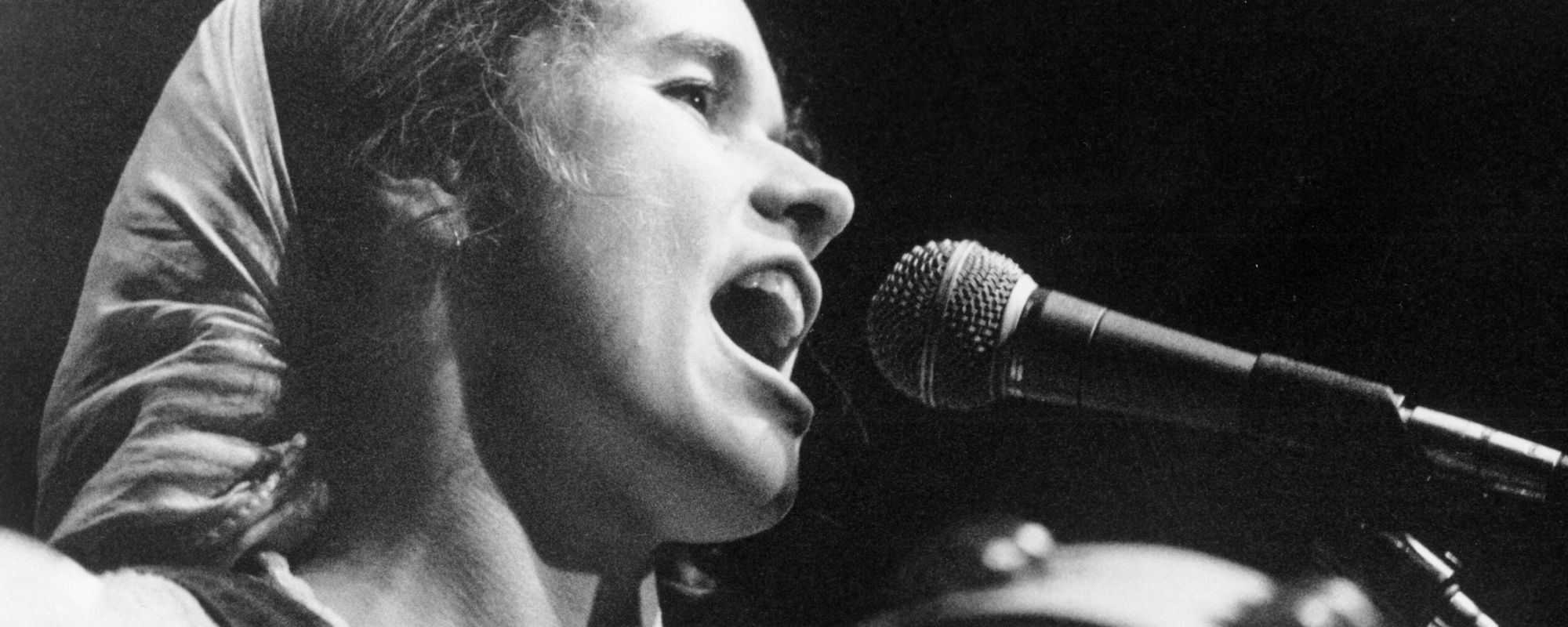
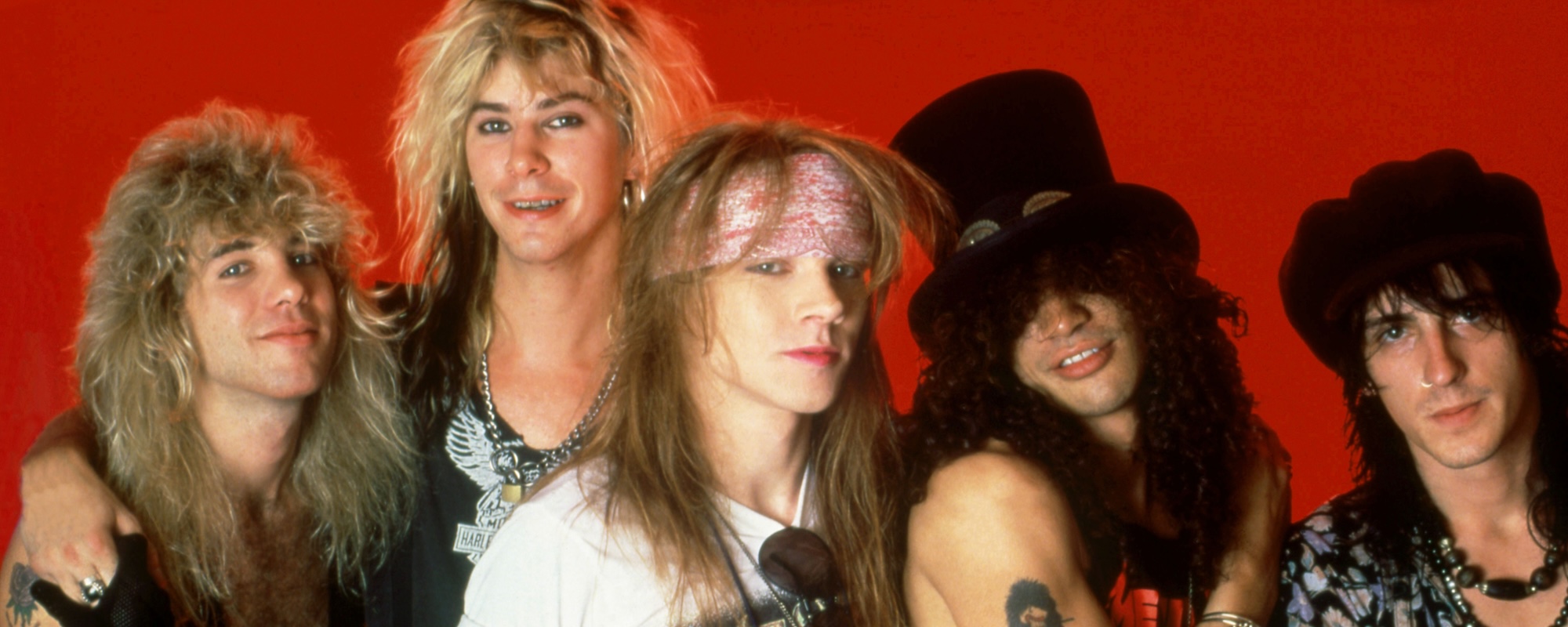


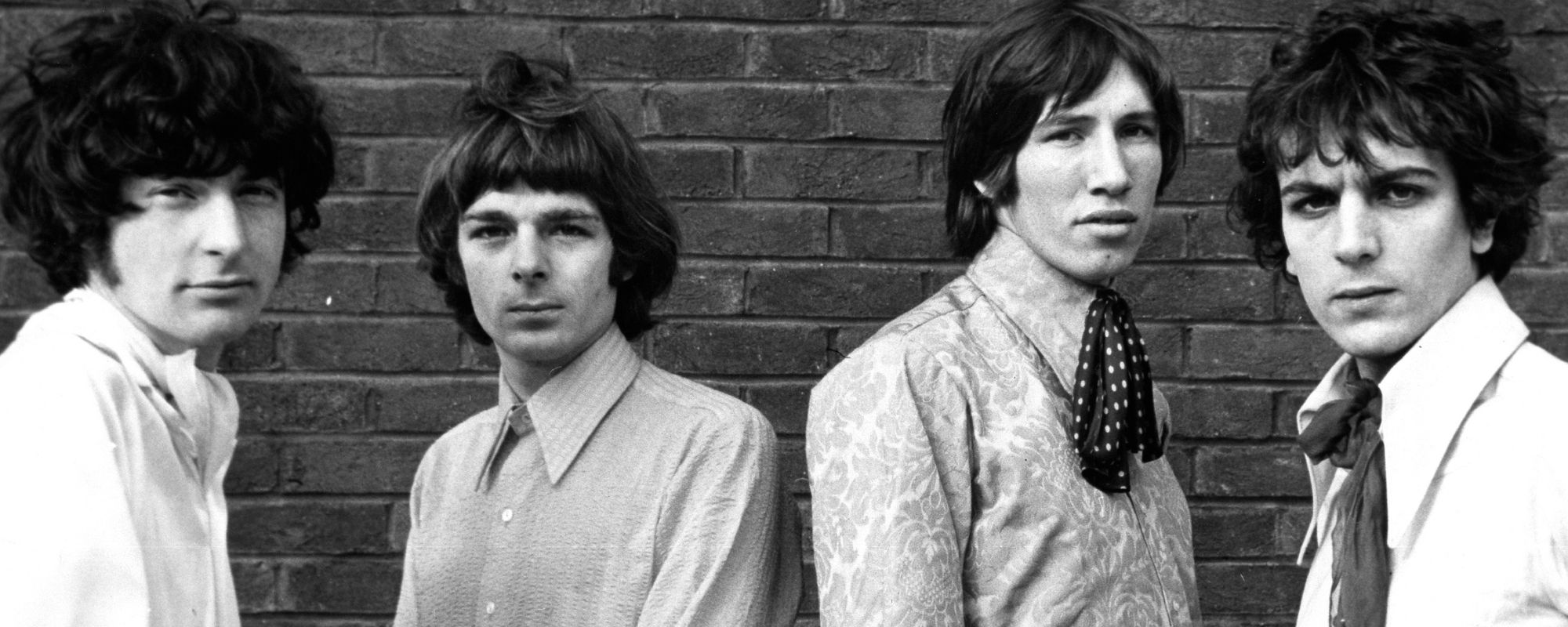

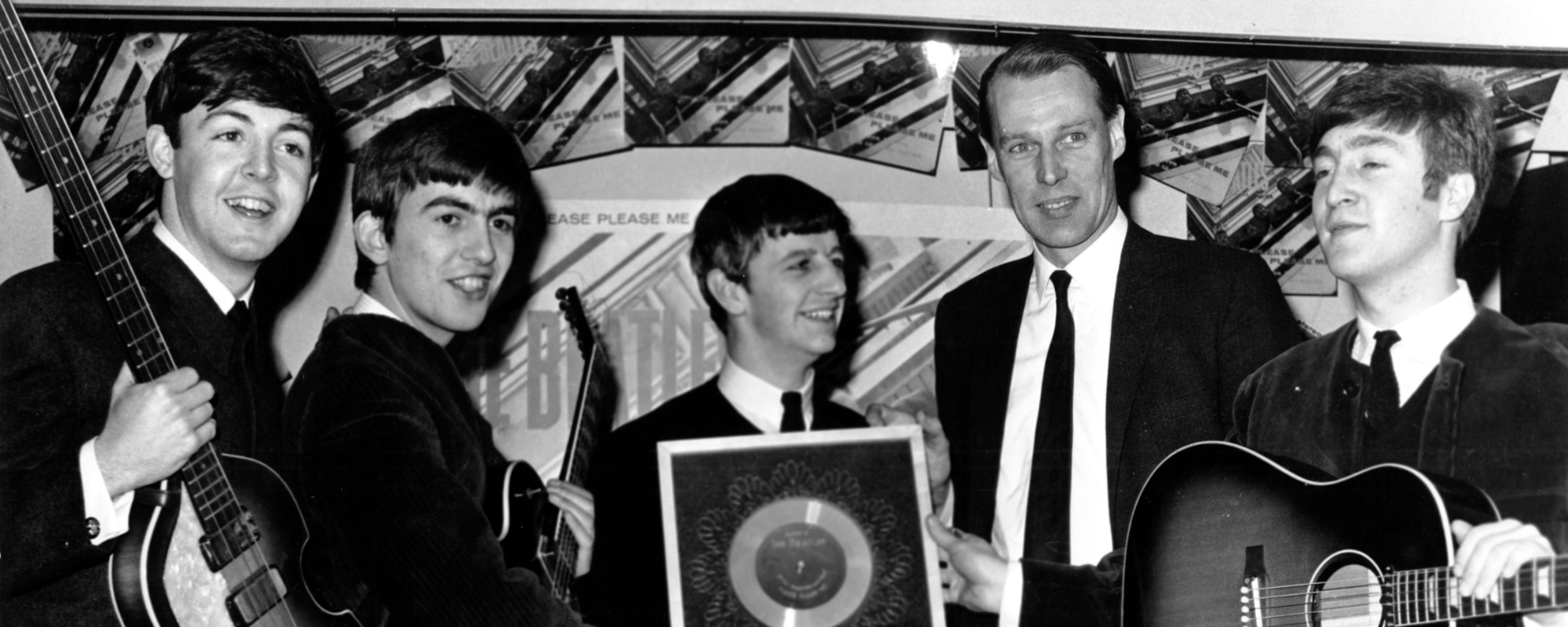

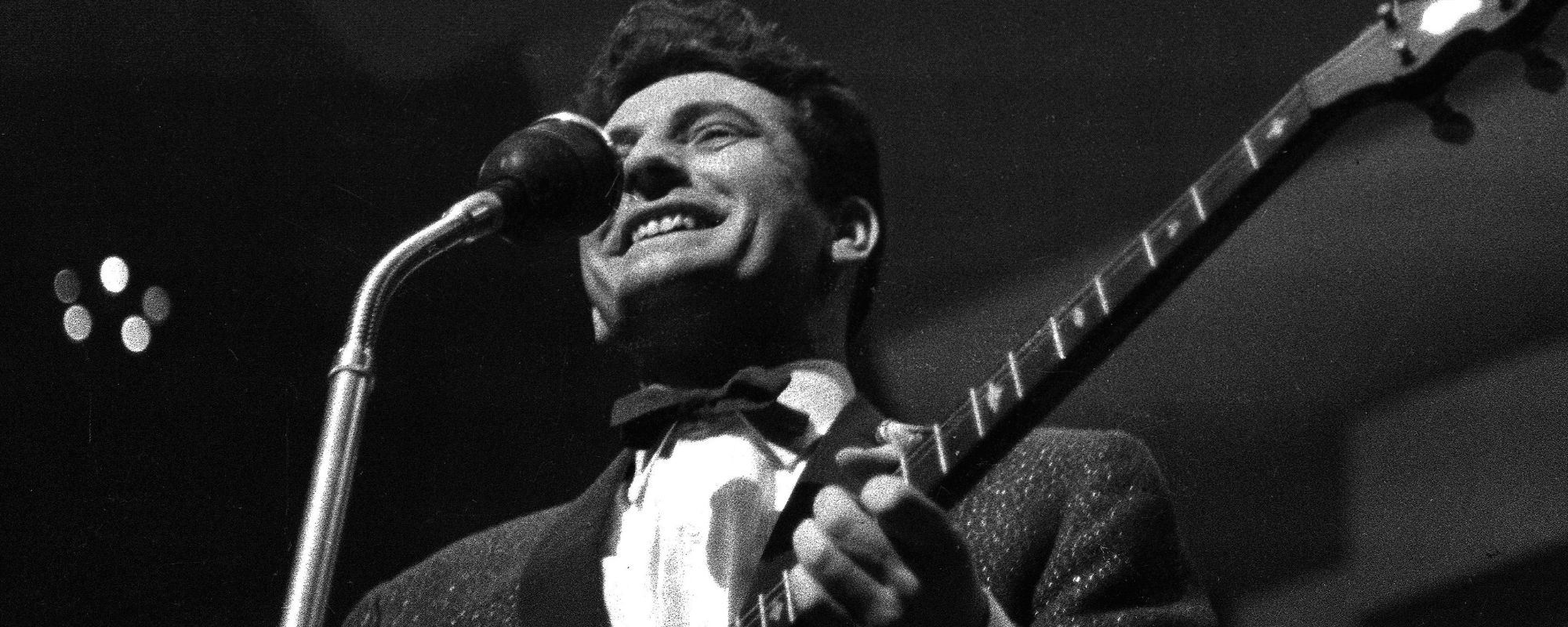

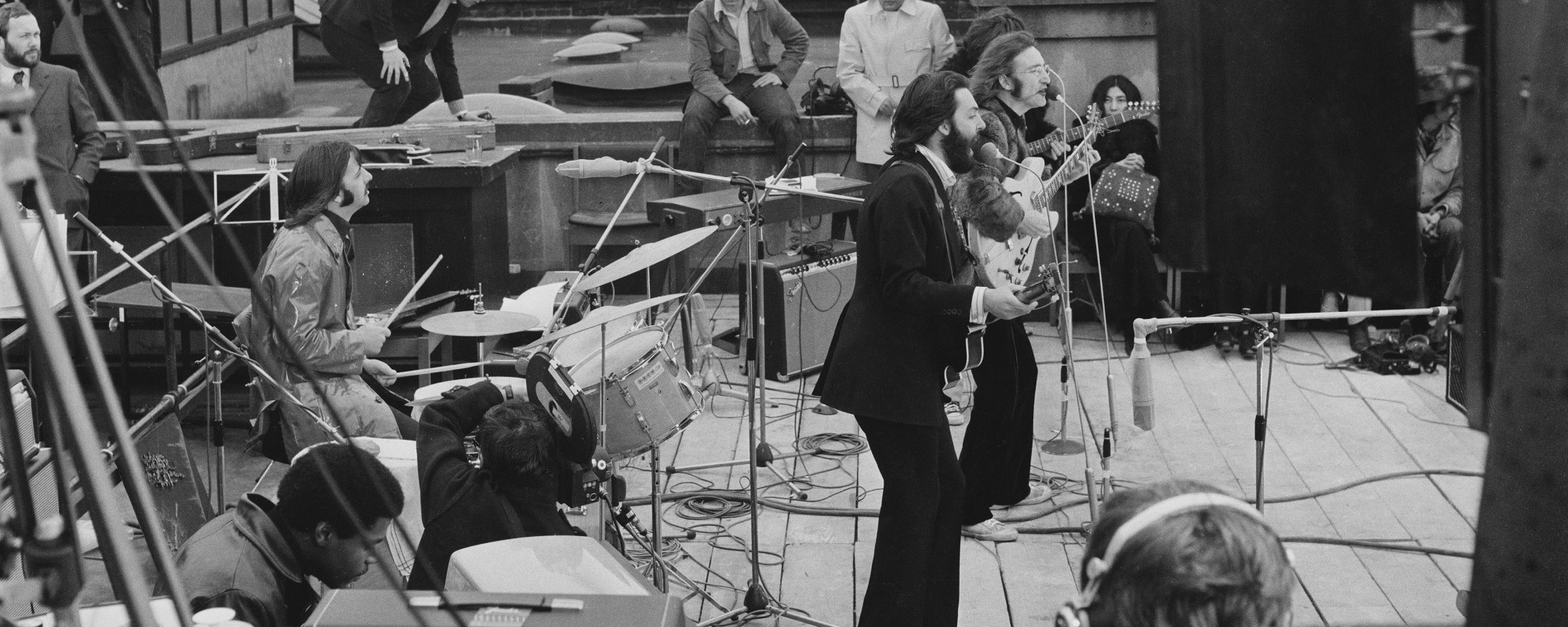

Leave a Reply
Only members can comment. Become a member. Already a member? Log in.